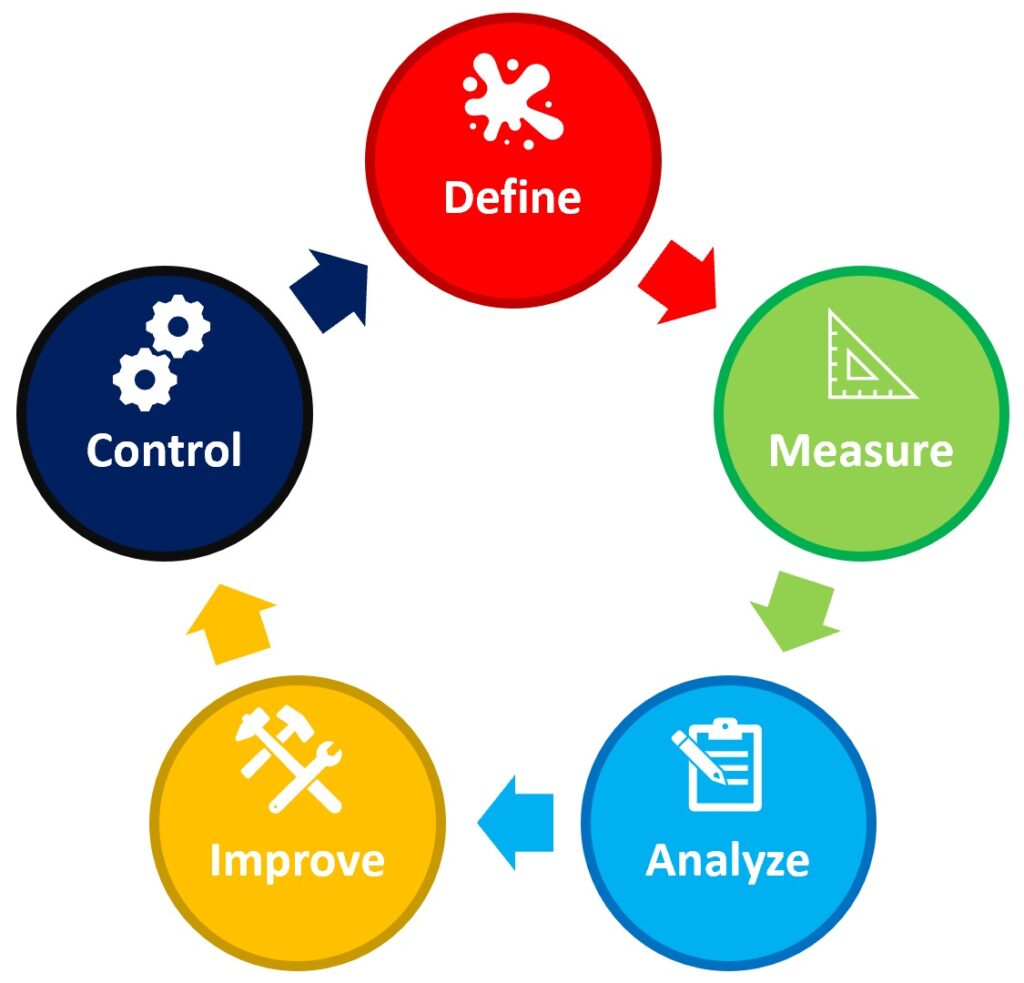Atlanta Residents - Learn Lean Six Sigma’s History Here
Contact Us

Lean Six Sigma is a well-known method that helped overcome the Japanese industry’s dominance in the market back in the 80s when American industries fell behind in their products and services. Since then, more people have been utilizing Sigma, and it has been proved that not only businesses but also professionals and students benefit from it. They can actually implement it into their daily lives to achieve personal growth and better results as long as proper training and certification are provided and acquired. But how can you know whether this methodology is what you need? At Lean Six Sigma Curriculum for Atlanta High School Students of Georgia, we believe that starting with its history will help greatly in making a decision.
We want you to pay attention to history because it explains how LSS came to be a method that enhances industries but ends up being a great addition to what individuals and practitioners can do for themselves.
Let’s begin by saying that Lean Six Sigma is a blend of Japanese management principles with original methodologies such as Six Sigma and Lean; the last two can be traced back all the way to the United States.
Kaizen is a major influence in the field of methodology as it is the one that boosted Japanese companies in the 80s due to how it emphasizes cooperation and commitment while striving for customer satisfaction.
This was one of the most important methods that allowed growth in the 1980s, yet not the only one, as other methodologies were introduced in previous and similar years.
While other methods influenced LSS, it doesn’t mean that we have to look at each one to understand how it works and how it advanced in history.
Instead, let’s focus on the origins of Six Sigma and Lean and why LSS is still a viable option thanks to the methodologies that influenced it mainly.
Going Back to the 40s & 80s
It is crucial to know the difference between Six Sigma and Lean. These are two distinct elements, but they were combined and shared some aspects. Each is unique as each has its own principles and basic concepts for the combined method we are focusing upon.
Because of its structure and principles, Lean is often considered a way to reduce waste while increasing customer satisfaction. People often refer to Lean’s origins by addressing Toyota and its implementation.

Toyota was involved with the development of the system known as the Toyota Production System (or TPS). John Krafcik, a researcher at MIT who was involved in the development of the system from 1987 to 1988, was one of the people who contributed to it and came up with what with mostly known about Sigma today.
He was looking for a name to describe the TPS system. He wrote down the characteristics and differences of Toyota’s system to traditional production on a whiteboard. He concluded that Toyota’s system needs less of everything to create value, and efficiency was achieved in fewer steps.
This is how Lean was born quickly. It has been focusing on reducing waste and other activities since then and boosting companies in all areas.
Six Sigma, on the other hand, is an American-based method that has roots going back to the 1980s. Motorola founded Six Sigma in response to difficulties the company was facing with foreign companies at the time. Its CEO Bob Galvin had set a goal of tenfold improvement in five years was achieved thanks to the methodology.
The plan focused on global compatibility, improving participative management, quality, and productivity, as well as how to continually develop new strategies. Six Sigma was quickly adopted by Motorola, and all employees were trained to use it.
Six Sigma and Lean together recognize the importance of change and why they work so well together in terms of building LSS around their principles, yet adding more details.
But How Is LSS Used?
LSS has been used in many ways throughout history. It is designed to increase productivity and efficiency, reduce waste and improve quality. Practitioners have discovered ways to use it in other areas than manufacturing, as the structure offers a way to focus on the issues of the specific project.
To understand how LSS grew in the 80s or how people decided to work with it, let’s go over the main benefits of utilizing the three methodologies that influenced it.
Lean helps employees and companies to better understand customers and priorities their needs. They can then focus on the company’s value stream and processes to achieve perfection.

Six Sigma is committed to excellence and a system that encourages efficiency and clean operations, while Kaizen guarantees customer satisfaction more than anything else.
Lean Six Sigma can be used to help students, professionals, businesses, and other individuals. This method is a great way to help practitioners, companies, and individuals in:
- Learn how to reduce waste.
- Increase efficiency.
- Reduce errors.
- The company will be less vulnerable.
- You can improve your time management.
- Lower costs lead to higher revenues and better wages.
- Get motivated.
- Leadership and innovation.
Contact our Lean Six Sigma Curriculum Pros of Atlanta team for more information. Our professionals will train your employees and students in the methodology to help them become problem-solvers, continuous improvement specialists, and team builders.
We want you to be able to reap all the benefits and feel valued at every job. If you are alone in this, feel free to reach out, as we serve individuals as well.

